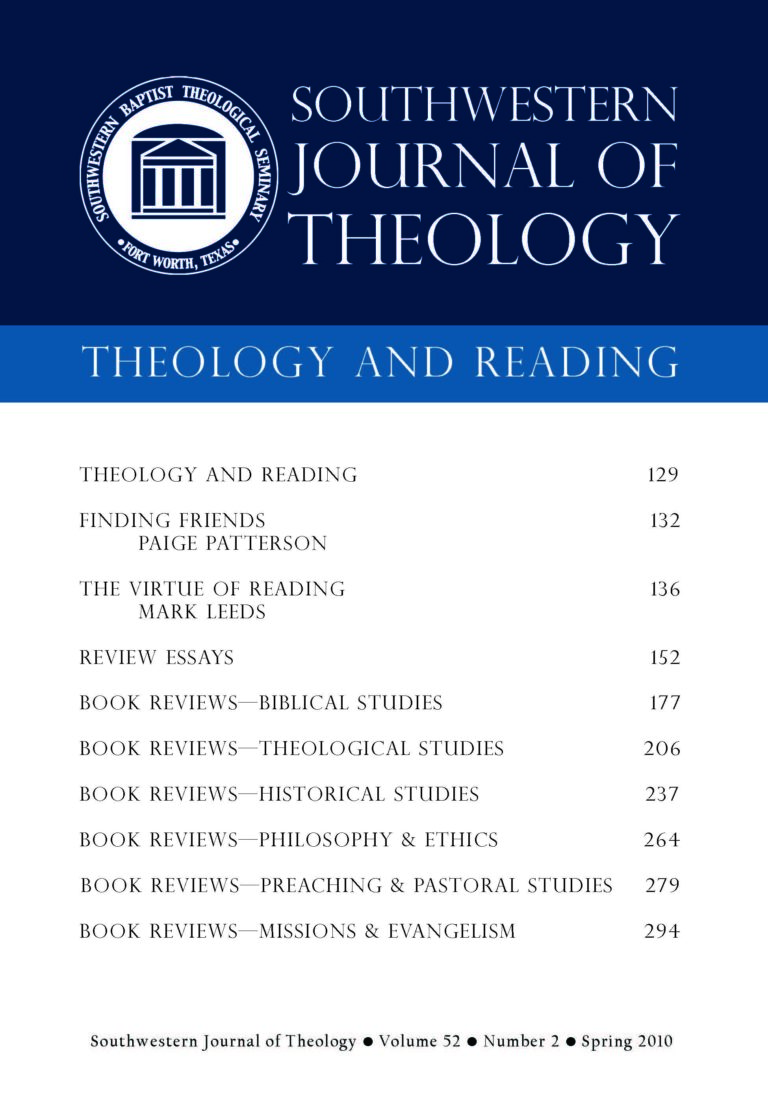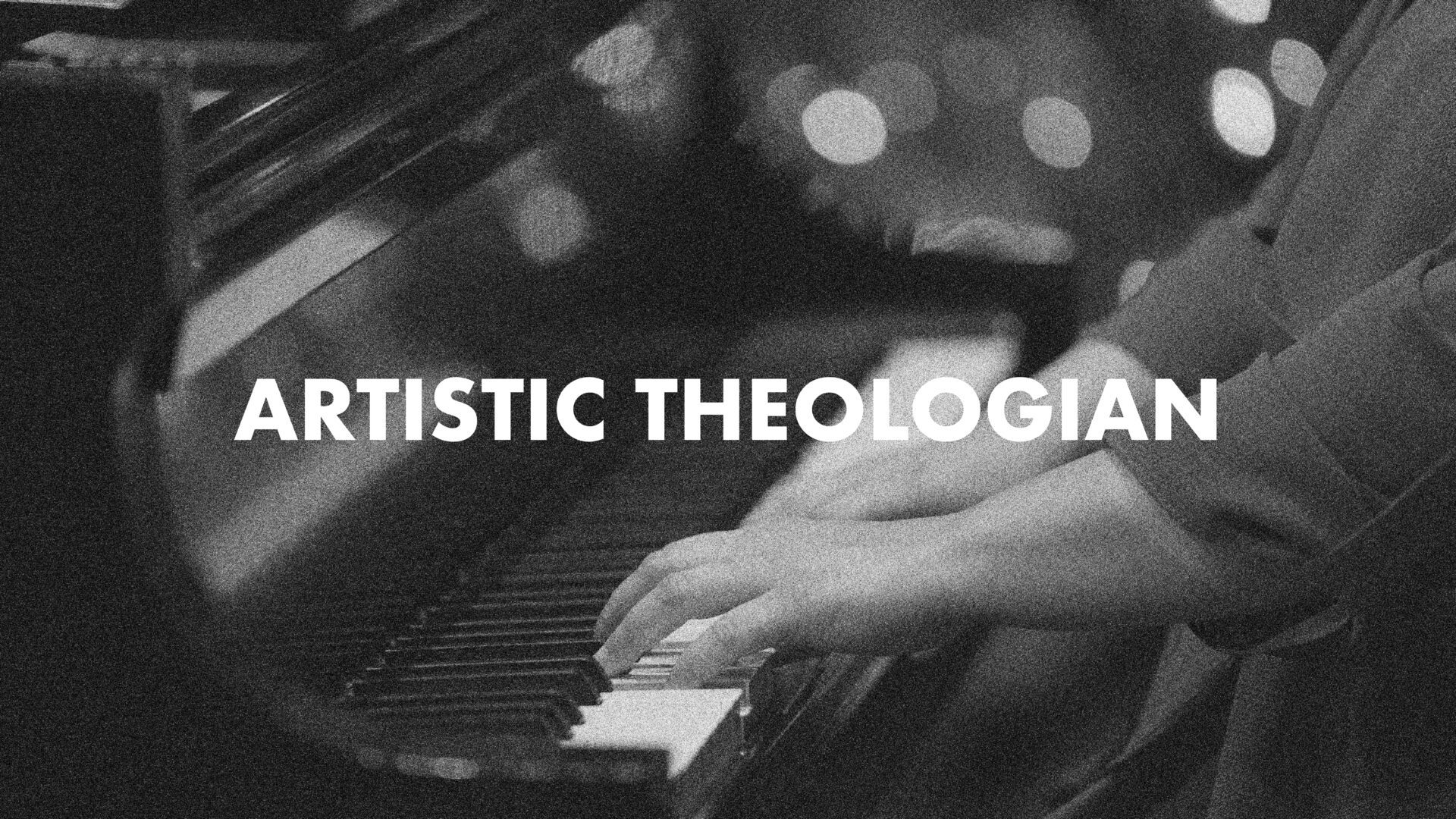
Theology and Reading
Southwestern Journal of Theology
Volume 52, No. 2 – Spring 2010
Managing Editor: Malcolm B. Yarnell III
By Hans J. Hillerbrand. Louisville, KY: Westminster John Knox Press, 2007. 504 + xi pages. Softcover, $49.95.
In The Division of Christendom, Hans J. Hillerbrand expands his previous effort (Christendom Divided) at submitting a history of the Reformation (ix). The result of Hillerbrand’s lifelong work, however, should not be viewed simply as a textbook, and approaching it merely as a systematic treatment of the major people, places, theologies, and events of the Reformation will betray both the nature and intent of Hillerbrand’s effort. From the outset, Hillerbrand designates that his desire is to set the Reformation within “the context of the broader story of Christianity at that time (ix).” Later, he adds that ultimately his book “is about the sixteenth century, and its most significant aspect, the Reformation (25).” His treatment, therefore, avoids the pitfalls of on the one hand, diminishing the importance of the sixteenth century for Christianity as simply the timeframe within which the “Reformation” occurred, and on the other hand, viewing the Reformation as nothing more than a product of socio-political factors from the sixteenth century.
Establishing the framework of the sixteenth century as the time of the historic dissolution of western Christendom, Hillerbrand carries the reader through the multiple levels in which it proceeded to be divided. As the socio-religious movement coalesced, the Reformation itself “became a house divided,” failing to solidify into an organized, unified front in the struggle to reform the Roman Catholic Church. Instead, it produced multiple new denominations and theologies (72). At this point, Hillerbrand traces the offshoots of this effort at ecclesial reformation and theological identity to other movements such as Huldrych Zwingli in Zurich, Switzerland, the emergence of the Zwickau Prophets in Wittenberg, and John Calvin in Geneva, as well as the Anabaptists and Anti-Trinitarians who took it upon themselves to labor for “a reformation of the Reformation” (108). The Protestant Reformation, however, was not alone in its multiple degrees of disintegration. Hillerbrand continues to support his thesis by exposing the most fundamental split in the sixteenth century, namely, the separation of church and state (e.g. Henry VIII and his “divorce” not only from Catherine of Aragon, but also from Rome). Last, Hillerbrand extends his portrayal of the continual effects of Christendom’s division across the broader European landscape in locations such as France, Poland, Scandinavia, and the Low Countries. Without a doubt, Hillerbrand succeeds in portraying the grand scope of the divisive impact the Reformation had on the world.
Regarding theological matters, Hillerbrand successfully leaves his account confessionally unbiased, while interspersing notable observations. Beginning with Luther and his attack on the Roman Catholic Church’s abuses, Hillerbrand states that the focus of reform was always set on “a new understanding of the gospel” (54). Notwithstanding its many other features, the Reformation was a movement in which the overriding concern was the resurrection of “a Christian life of faith and trust, not of externals and ritual” (86). He terms this a recovery of “the simple gospel” (86). Along with this basic analysis of the fundamental concern of the Reformation, Hillerbrand views this recovery as the product of the function of sola scriptura as “the formal principle of the Reformation” (384). Represented in this formula, Hillerbrand notes, was the issue of spiritual authority, which became a major factor in the division of Christendom (86). The Reformer’s “scripture principle” called for the rejection of papal authority and church tradition which had attempted to place itself onto an equal or higher plane than the Word of God. Therefore, Hillerbrand argues that, at its core, the Reformation was a movement fundamentally concerned with the reclamation of “true spirituality” (87), and was driven by the realignment of Scripture as “the sole source of the Christian faith” rather than “ecclesiastical traditions” (86).
The Division of Christendom has much to offer regarding both accessibility and resourcefulness. Seemingly cognizant of his volume’s length and breadth, Hillerbrand provides chapter summaries in the table of contents, giving basic introductions of the material to be covered in each section. This unique feature allows the reader to grow familiar with the work’s contents quickly while traversing its terrain. Another beneficial element can be found at the book’s end where Hillerbrand advances a detailed analysis of past attempts at Reformation history in the chapter entitled “Historiography.” Closing out the book is Hillerbrand’s “bibliography of my indebtedness” (467). In this section, he proffers a concise, but dense categorical survey of primarily English sources on both the sixteenth century and the Reformation. His expert overview of the major and minor works relating to the multi-faceted field of study within the topics of Christianity in the sixteenth century and the Reformation is an invaluable resource.
The strengths of Hillerbrand’s revised and updated volume are as many as its pages; nonetheless, its greatest contributions are its comprehensiveness and its historical integrity. One can sense Hillerbrand’s mature scholarship at work throughout as he resists the tendency to explain away or to generalize the reform of Christianity in the sixteenth century. He draws conclusions and states observations only when they are evident; inferences that cannot be substantiated, in Hillerbrand’s opinion, are not the work of a historian. In essence, he desires for the Reformation to speak for itself; all other implicit judgments are not in the purview of his thesis.
The fruit of Hillerbrand’s lifelong career has resulted in a monumental addition to the canon of Reformation history. In this work, any level of interested reader will find seamless prose coupled with meticulous and exhaustive scholarship. Hillerbrand unfolds the complex world of Christianity in the sixteenth century with relative ease while mixing in his own simple observations that demonstrate the desire he has for the Reformation itself to be free from scholarly abuse.





